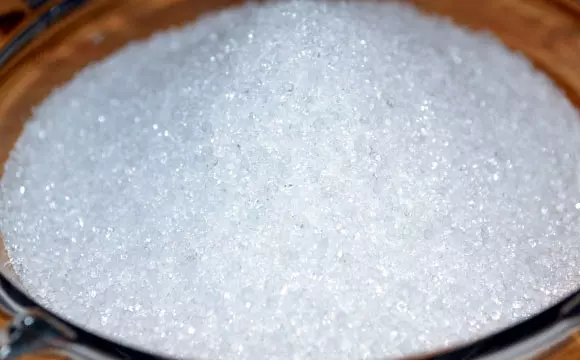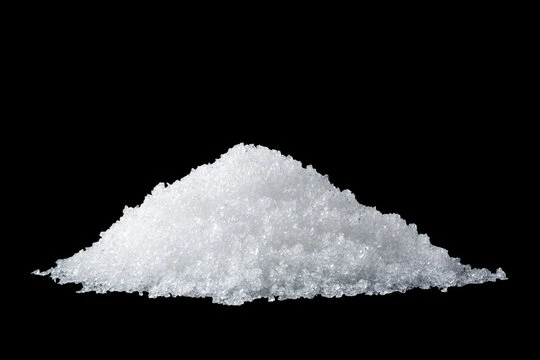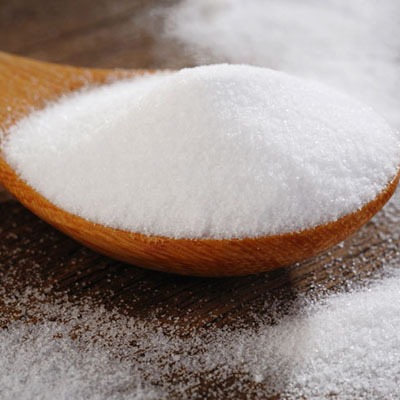Isomalt
|
IUPAC Name |
: (2R,3R,4R,5R)-6-[(2S,3R,4S,5S,6R)-3,4,5-Trihydroxy-6-(hydroxymethyl)oxan-2-yl]oxyhexane-1,2,3,4,5-pentol |
|
Cas Number |
: 64519-82-0 |
|
HS Code |
: 2940.00.00 |
|
Formula |
: C24H48O22 |
Basic Information
|
Appearance Name |
: White Crystalline Powder |
|
Common Names |
: Isomalt |
|
Packaging |
: 25 Kg Bag |




---india.webp)
